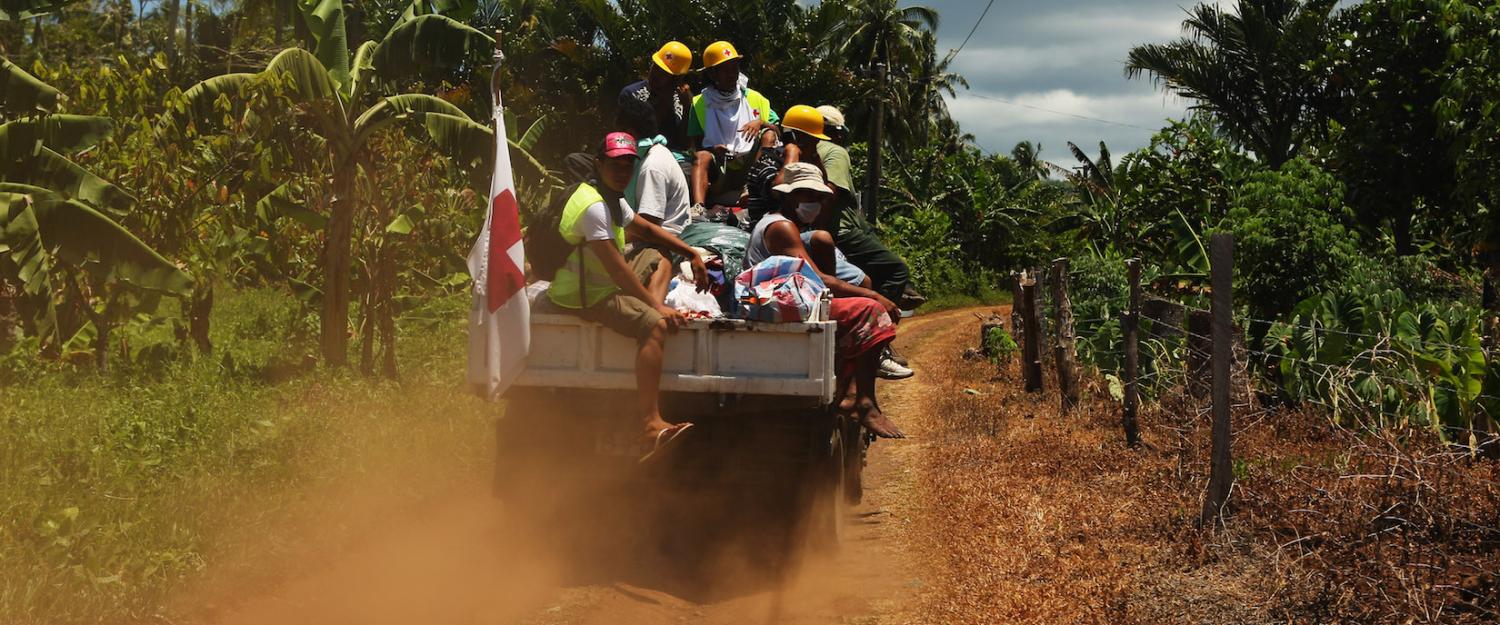In 2015 the Lowy Institute released the Chinese Aid in the Pacific Map, authored by Philippa Brant and updated in 2016 by Danielle Cave. The map, the first of its kind in the Pacific, continues to draw attention for highlighting the breadth and significance of China’s engagement in the Pacific this century.
But China isn’t the only donor in the region. It’s also not the most significant donor.
In any given year, more than US$2 billion in aid is invested in the Pacific by more than 60 donors. Almost half comes from Australia. Public information at the project level for all donors is often sparse, lacks detail, and is difficult to access.
A lack of transparency can hamper the effectiveness of aid. It poses difficulties in the coordination of aid efforts by multiple stakeholders. It increases the challenge for countries in the Pacific to align aid with their own investment priorities. It stymies efforts of donors to learn from one other, and from the past. And it reduces accountability, both of the sending and receiving parties, for the aid that flows in to Australia’s immediate region.
Considering the benefits of transparency and the success of Brant’s work, a question we have been routinely asked about the Chinese Aid in the Pacific Map was, if you can do it for China, why not do it for everyone?
With the launch on Thursday of the Lowy Institute Pacific Aid Map, supported by the Australian aid program, that is exactly what we have set out to do.
The Pacific Aid Map is an analytical tool designed to enhance aid effectiveness in the Pacific by improving coordination and accountability of foreign aid through enhanced transparency of aid flows. Over the past 18 months, the team working on the Pacific Aid Map has collected data on close to 13,000 projects from 62 donors in 14 countries from 2011 onwards. This raw data has been made freely available on an interactive platform, allowing users to investigate and manipulate the data.
The Lowy Institute Pacific Aid Map will not just be a snapshot in time. We will update the Map annually until at least 2021. Should there be sufficient demand, and if it leads to improved aid investments in the region, we are eager to continue the project in the years beyond.
The Lowy Institute Pacific Aid Map will not only be useful for Pacific island countries and aid practitioners. The interactive tool can contribute to more nuanced public discussion about the role of aid in the region, which was a lively debate in 2018. It is a rich database that will be valuable for future scholarly work into foreign aid in the Pacific. Investigating trends in sub-sectoral engagement, scholarships, implementing partners, regional investments, flows from new donors, aid predictability and concentration are all areas that warrant further exploring and could benefit from the data found in the Pacific Aid Map.
Lowy Institute researchers will be teasing out our own conclusions, as well as adding more features to the Pacific Aid Map, in the months ahead.
We are particularly interested in rebalancing the narrative on Chinese aid in the region, which made up 8% of the total aid spend between 2011 and 2016. We will also be looking more closely at the role of Australia and New Zealand, who provide 55% of all aid; Taiwan’s investments in the region, which on a Pacific per-capita basis is larger than China’s; the roles of other “traditional” partners, such as France, the US and UK; the sectoral breakdowns of aid and how they are changing over time; and the continuing scale-up of the activities of the Asian Development Bank and World Bank in the region.
Above all, we hope that this will be seen as a useful tool to help promote and improve aid effectiveness in Australia’s immediate region.
The Lowy Institute Pacific Aid Map will be launched in Samoa on Thursday by the Prime Minister of Samoa, Tuilaepa Malielegaoi; Australian Foreign Minister Julie Bishop; and Lowy Institute Executive Director Dr Michael Fullilove in the lead-up to tomorrow’s Pacific Islands Forum Foreign Ministers meeting.


